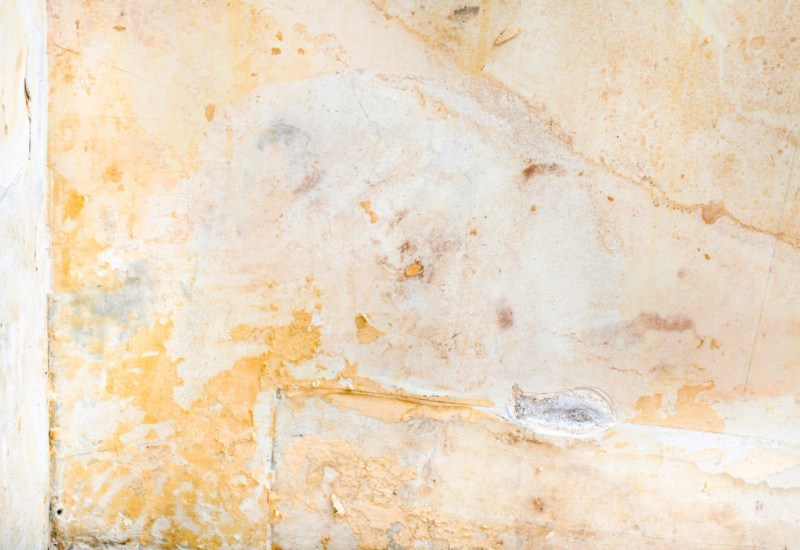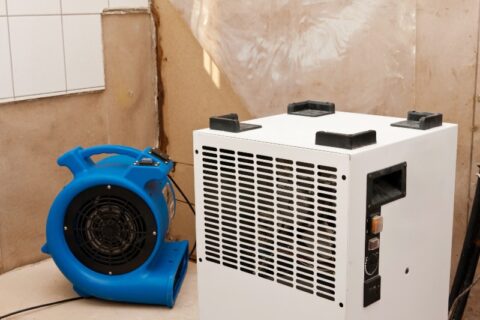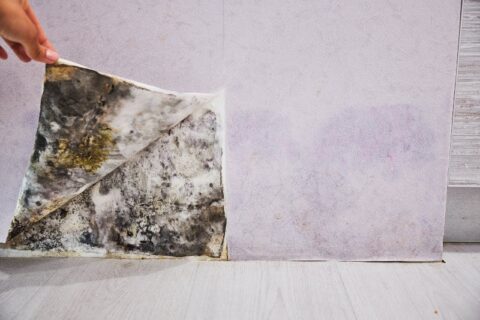Recovering from Flood Damage: Essential Steps

Checking Up With the Local Emergency Officials About the Expected Dangers to Know if It’s Safe Is an Essential Step Before Starting a Recovery Task.
1. Inspect the Property: Inspecting the property for structural and electrical damage from the outside is necessary to determine if it’s safe to enter a flooded property. Ensure you check for fire hazards, gas leaks, chemical spills, and the electricity and gas lines before entering the property. Using battery-operated light sources can reduce the risk of fire accidents. Be careful about the presence of ants, snakes, spiders, and other animals, if they are present, get them removed by contacting your local council or wildlife rescue officials.
2. Wear Safety Gears: Floodwater and flooded material are commonly contaminated; hence while cleaning the property, it is essential to wear appropriate footwear, rubber gloves, and eye protection and a respirator that can filter out the spores in case you can detect mold around the house.
3. Call Insurance Agent: If the flood is declared a federal disaster apply for assistance online. Alert the insurance agent and begin cleaning the house as soon as possible, take photos, and make an inventory of belongings so that the insurance adjuster can assess and speed up the claim process.
4. Check Electric Equipment: Get a qualified electrician to check all the electric equipment and lines. Avoid using tap water until your local water body or public health department declares it is safe to use.
5. Remove Moisture from Porous Materials: Porous materials are prone to infestation by mold in as little as 48 hours. Remove all the water-soaked and saturated possessions such as carpets, bedding, and furniture and dry them up using the sun or if they cannot be removed open windows and doors for air circulation and use the air conditioner and fans to ensure they dry as quickly as possible, Walls should be air-dried and cleaned with appropriate solutions. Extract as much moisture from the air as you can with the help of air conditioners and purifiers, which will help in speeding up aeration and preventing the formation of mold colonies and help in removing the dampness and musty odors in the house.
6. Disinfect Items: Clean and disinfect articles that are less contaminated such as sheets, drapes, and carpets. Ensure you discard the carpets heavily contaminated with floodwater as they can be hazardous for use by humans and pets. Before recovering the wooden floors and walls, ensure that the floor is thoroughly dried and sanitized.
7. Discard contaminated items: It is advisable to discard all the food items which come in contact with the water. Utensils, glassware, and whole-food cans and sealed jars may be used and retained after sanitizing and cleaning them properly.
Flooding is one of the natural and human-made disasters. It often leads to disruptions and costly damage to property. Contaminated floodwaters tend to destroy objects that are submerged in it faster, which makes it crucial to start the recovery task as soon as possible to minimize possessions and restoration bills. When in doubt, call and consult the professionals. Use caution and when in doubt about the safety of use, discard it on the safer side.


